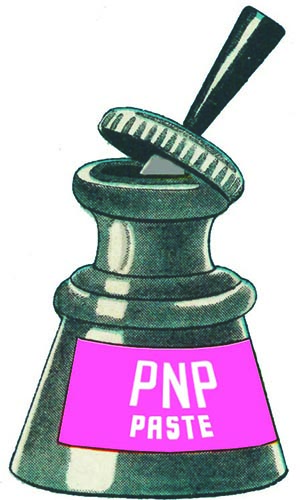Sunshine on a rainy day/makes my soul trip, trip, trip, trip away
The lyrics I’ve quoted above form the chorus to Sunshine on A Rainy Day, a song popularised in Australia by singer Christine Anu just over a decade ago. In the chorus, an ecstatically arranged melody meets with the central metaphorical image that returns throughout, comparing the addressee, perhaps the narrator’s lover or even a spiritual being, to light itself. The moment is joyous, uplifting and, were it not for the hint of eastern transcendentalism and the possible drug reference of the ‘trip’, might even be read as a little bit Christian happy-clappy.
It should come as no surprise to hear sunlight being used so positively in a metaphor. The sun is good. Aside from its indispensability to the photosynthetic processes that underpin the planet’s biosphere, it is also a deep cultural signifier: Ancient Egypt’s Ra, Pagan solstice rituals, the Abrahamic tradition that begins with the creator’s fiat lux, and in a deft bit of PR work, its appropriation by the Enlightenment. The idea sits familiarly in popular culture, particularly in song: Keep on the Sunny Side, You are my Sunshine, Sunshine of your Love. And yes, Spiderbait’s Janet English, sunshine on my window makes me happy too. Psychological research has consistently shown that sunny days are indeed more likely to induce feelings of wellbeing.
Yet the metaphor, as it is used in the Anu song—the precipitous day that gives way to culturally loaded ‘sunshine’ to produce a transcendent, happy feeling—is not just a little deceptive.
Rather than spiritual ecstasy, the interruption could produce any number of psycho-sensory responses.
The sunshine in the song appears as an interruption to what we have been encouraged to imagine as a persistent state of dim, wet weather that encourages commitment to a particular set of activities, a certain state of mind. Indoorsy, dressed for some protection from the elements. A raincoat, an umbrella. Introspection. A nine-year old in my household described her feelings about sunshine on a rainy days as “weird, because there’s not supposed to be sun”.
So the emotion intended to be produced by the lyric, by way of the objective correlative image of the interruptive sunshine, has little phenomenological validity. Rather than encouraging the speaker’s soul to ‘trip away’ pleasurably, it hooks it into an impasse, unable to decide either for hedonistic sunlight, or hibernative rain. In extremis the appearance of light in the relative darkness produces a retinal response that, even for the non-photosensitive, can be painful.
The actual overall effect of the scenario described in the song then is one of cognitive dissonance, both physical and practical, that would dissuade spiritual transcendence. The song unreasonably perpetuates the cultural hegemony of the sun-cult with an unsupportable poetic image, and I’m calling it for what it is.
DAVID SORNIG, MELBOURNE
Cloud studies, William Henry Thacker, 1905. Gelatin silver print. Source: The State Library of Victoria, Victorian Patents Office Copyright Collection (H96.160/1294). Note absence of rain, despite presence of sun and clouds.
You’re bound to hit a signal blackspot soon—why not buy an old issue of CRANK as an epub? Then in can be yours to enjoy in perpetuity! (As long as your battery holds out). Just $1.99—head over to the pinknantucket press shop now!


